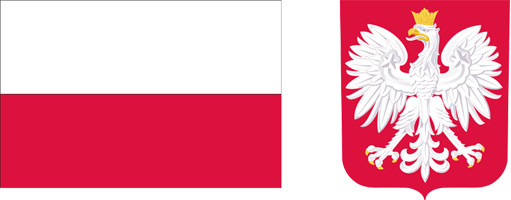Current issue
Archive
About the Journal
Aims and Scope
Advisory Board
Members of the Editorial Board
List of reviewers
Publishing process
Publishing Ethics and Malpractice Statement
Personal data protection (GDPR)
Creative Commons License
CrossRef Member / Similarity Check
For Authors
Call for papers
Guidelines for authors
Submitting a manuscript through the editorial system – step by step
For Reviewers
Peer review process
Guidelines for reviewers
Submitting a review – step by step
Contact
COSTS AND PROFITABILITY
UNIT COSTS OF AND INCOME FROM SELECTED PRODUCTS IN 2013
– RESEARCH RESULTS IN THE AGROKOSZTY SYSTEM
1
Instytut Ekonomiki Rolnictwa i Gospodarki Żywnościowej - Państwowy Instytut Badawczy Warszawa
Acceptance date: 2015-05-10
Publication date: 2015-05-10
Zagadnienia Ekonomiki Rolnej / Problems of Agricultural Economics 2015;343(2):113-132
KEYWORDS
Polish FADNAGROKOSZTY systemproduction valueincome from activityproduction scaleproduction profitabilitylabour-intensitylivestock productioncrop production
ABSTRACT
In 2013, the research covered: winter wheat, winter rye, spring barley, winter rape and live pigs. Results of activities were analysed at farms running small-, medium- and large-scale production. Although the production volume, recognised as small, medium and large, is of relative nature, the research results provide a premise for the selection of production scale able to ensure a fairly high production efficiency.
Analysis in groups of farms, selected according to production scale, showed that production profitability (ratio of production value to direct costs and overheads in total) at large scale was always higher than at small scale. The advantage of large scale was: for winter wheat – 6.4 pp, winter rye – 3.6 pp, spring barley – 6.9 pp, winter rape – 11.3 pp, and live pigs – 16.7 pp.
The positive effect of scale impact on economic results is evident.
Above all, labour-intensity of production dropped along with an increase in scale, which had a positive impact on the level of income per 1 hour of own labour and, consequently, its degree of coverage. In case of crop production activity, farmer’s labour inputs were covered in all scale ranges, but at significantly higher level at large and medium scale than at small scale. In 2013, production of live pigs in most of the farms from the research sample was unprofitable, which means that revenues failed to fully cover the production costs. However, in each group there were farms where live pigs were profitable, the highest share of such farms was noted at large scale of pigs for fattening – 47%, against 17% at medium scale and 9% at small scale of production.
Share
RELATED ARTICLE
We process personal data collected when visiting the website. The function of obtaining information about users and their behavior is carried out by voluntarily entered information in forms and saving cookies in end devices. Data, including cookies, are used to provide services, improve the user experience and to analyze the traffic in accordance with the Privacy policy. Data are also collected and processed by Google Analytics tool (more).
You can change cookies settings in your browser. Restricted use of cookies in the browser configuration may affect some functionalities of the website.
You can change cookies settings in your browser. Restricted use of cookies in the browser configuration may affect some functionalities of the website.



